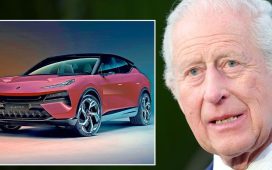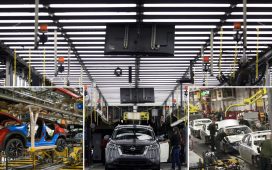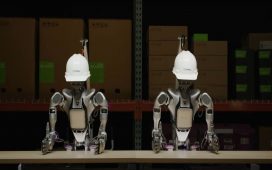Mazda dragged its feet when it came to developing EVs but thanks to a new deal with the world’s largest battery producer its electric cars are set to lead the pack for range, charging speeds, driverless tech and safety.
The good news for Australia is we could see the fruits of the deal on our roads within a couple of years. Theoretically anyway…
Mazda has joined with China’s Contemporary Amperex Technology Co Ltd (CATL) in a new partnership via the Japanese brand’s existing Changan-Mazda joint venture out of which the Mazda EZ-6/6e sedan and EZ-60 SUV have recently emerged.
The deal secures Mazda the rights to use a pioneering all-new architecture that’s already been developed by the world’s largest battery producer.
READ MORE: Multiple battery breakthroughs! Why CATL’s three new batteries could change electric cars as we know them
READ MORE: Radical EV shift! Battery giant CATL says sodium-ion tech will be on sale by late 2025
READ MORE: Look out, China? Mazda to develop eight new EVs by 2030 – and it’s all thanks to Toyota
How it impacts Mazda’s existing EV plans with Toyota remain to be clarified.
CATL’s CIIC (Cell to Chassis) skateboard architecture was only revealed late last year to plenty of fanfare and it’s no wonder Mazda has rushed to join the queue to be among the first car-makers to use it.
Not only does the advanced new platform package a battery big enough to provide a range of up to 1000km it also offers levels of safety unmatched by rival car-makers – both EVs and combustion-powered.
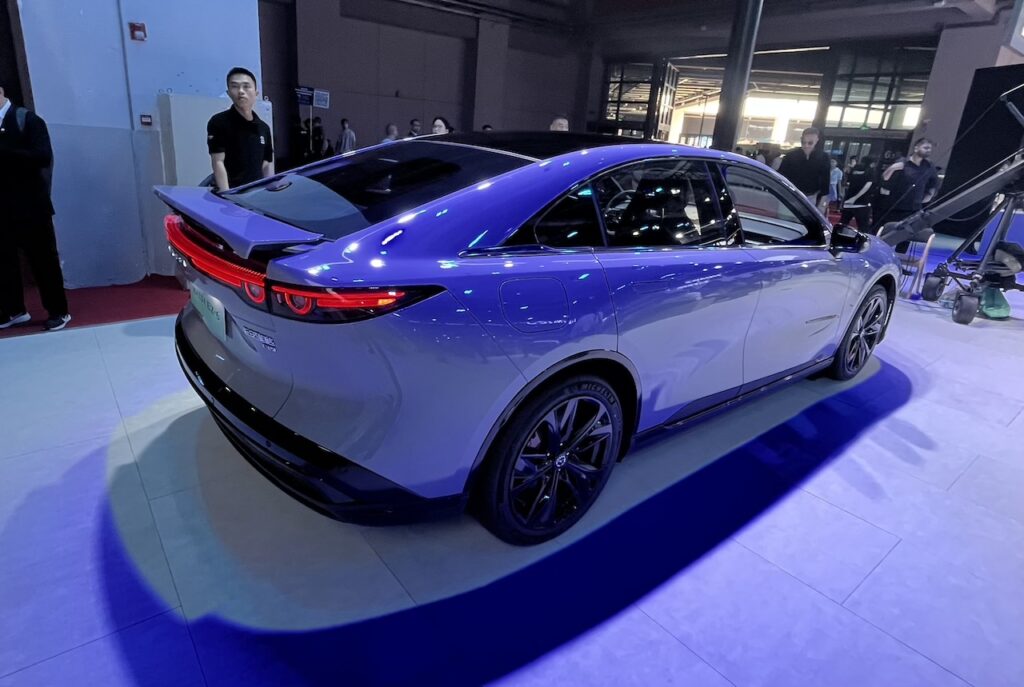
So strong are the underpinnings, CATL says it can withstand a frontal collision into a wall at speeds of up to 120km/h – well beyond the Euro NCAP required 56km/h impact speed.
Following crash tests, CATL says the passenger compartment remained largely intact. The battery housed within a protective casing neither caught fire nor exploded.
Helping CIIC major in safety is its special mix of hot-stamped steel and high-strength aluminium, plus the clever use of pathways that channel away an impact’s high energy from the battery pack and cabin.
Avoiding the dreaded thermal runaway, the batteries themselves come wrapped in an insulating film that absorbs the collision energy.
Other next-gen safety measures include being able to cut the high-voltage circuit within 0.01 seconds and discharge any high-voltage energy in around 0.2 seconds. Both measures reduce sparks risks that can trigger a fire.
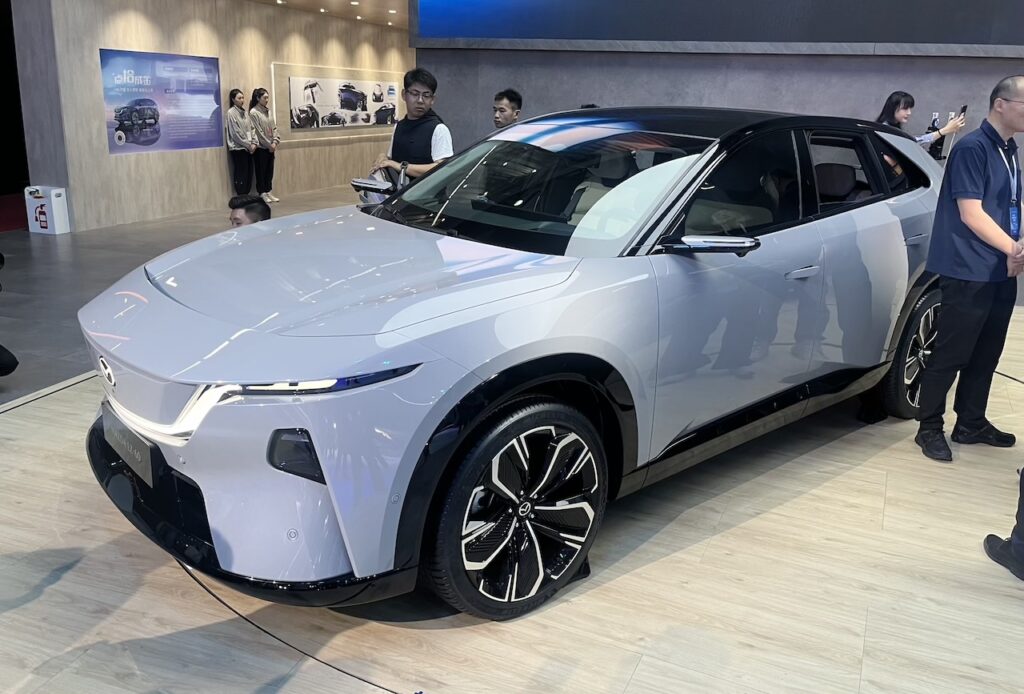
Neither Mazda nor CATL has detailed which batteries will be used in the future EVs, but it’s likely to harness the Chinese battery-maker’s latest Shenxing Superfast Charging Battery.
The new vehicles will blend an electric range of at least 800km depending on battery chemistry, with incredible charging speeds that will exceed 1300kW.
The remarkable power pack was only recently unwrapped to the world and is said to be capable of adding as much as 2.5km every second, while a quick five-minute charge adds as much as 520km of range.
That’s quick enough to finally draw parallels with brimming a tank of petrol or diesel.
The catch is to achieve the impossibly quick top-ups you’ll need to use megawatt charging stations that are currently only found in China.
CATL has also gone to the trouble of building-in advanced industry-leading driver assist tech that includes brake-by-wire and steer-by-wire, plus adaptive suspension.
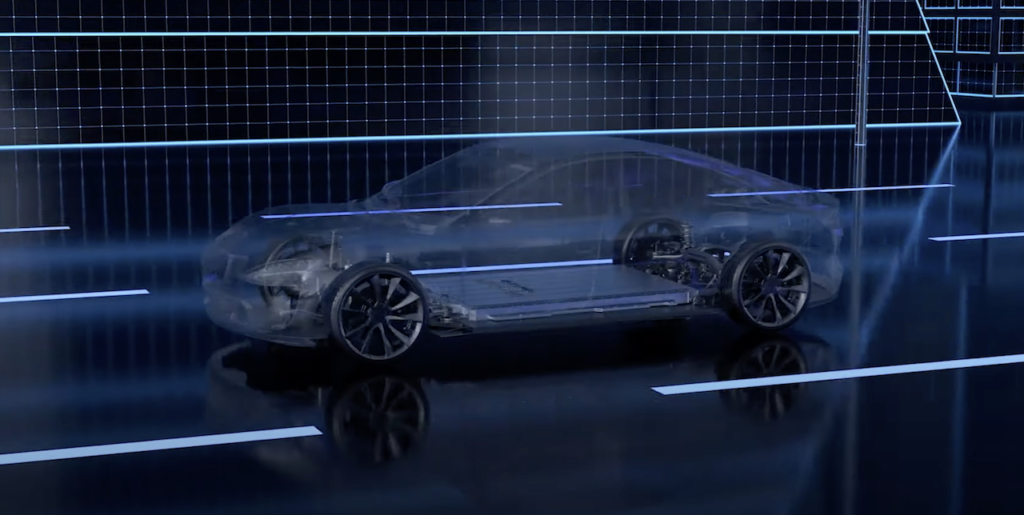
From launch, Mazda is expected to offer Level 3 autonomous driving (eyes off the road, hands off-the-wheel) with an almost fully autonomous Level 4 driving likely to be offered later.
The CIIC skateboard also mounts the battery directly to the platform which CATL claims increases structural rigidity, reduces weight and frees up more space for a bigger battery and space itself within the cabin.
CATL says a new model using CIIC can be put into production in as little as 12-18 months from signing on the dotted line to use the platform.
That’s a huge time-saving compared to the normal five years needed by a European, US, Korean or Japanese car-maker to develop a car from design sketches to production line.
If true, the first offering from the Mazda-CATL partnership could land in Mazda dealers late next year or early 2027.
Better still, it’s not just Chinese consumers that will benefit from a cutting-edge battery-electric Mazda as the new family of EVs have already been confirmed for international markets, suggesting an Australian launch could be in the pipeline.

